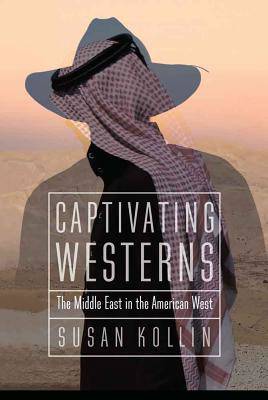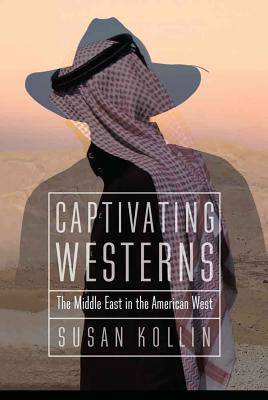
- Retrait gratuit dans votre magasin Club
- 7.000.000 titres dans notre catalogue
- Payer en toute sécurité
- Toujours un magasin près de chez vous
- Retrait gratuit dans votre magasin Club
- 7.000.0000 titres dans notre catalogue
- Payer en toute sécurité
- Toujours un magasin près de chez vous
Description
Tracing the transnational influences of what has been known as a uniquely American genre, "the Western," Susan Kollin's Captivating Westerns analyzes key moments in the history of multicultural encounters between the Middle East and the American West. In particular, the book examines how experiences of contact and conflict have played a role in defining the western United States as a crucial American landscape. Kollin interprets the popular western as a powerful national narrative and presents the cowboy hero as a captivating figure who upholds traditional American notions of freedom and promise, not just in the region but across the globe. Captivating Westerns revisits popular uses of the western plot and cowboy hero in understanding American global power in the post-9/11 period.
Although various attempts to build a case for the war on terror have referenced this quintessential American region, genre, and hero, they have largely overlooked the ways in which these celebrated spaces, icons, and forms, rather than being uniquely American, are instead the result of numerous encounters with and influences from the Middle East. By tracing this history of contact, encounter, and borrowing, this study expands the scope of transnational studies of the cowboy and the western and in so doing discloses the powerful and productive influence of the Middle East on the American West.
Spécifications
Parties prenantes
- Auteur(s) :
- Editeur:
Contenu
- Nombre de pages :
- 294
- Langue:
- Anglais
- Collection :
Caractéristiques
- EAN:
- 9780803226999
- Date de parution :
- 01-10-15
- Format:
- Livre relié
- Format numérique:
- Genaaid
- Dimensions :
- 152 mm x 229 mm
- Poids :
- 585 g

Les avis
Nous publions uniquement les avis qui respectent les conditions requises. Consultez nos conditions pour les avis.






